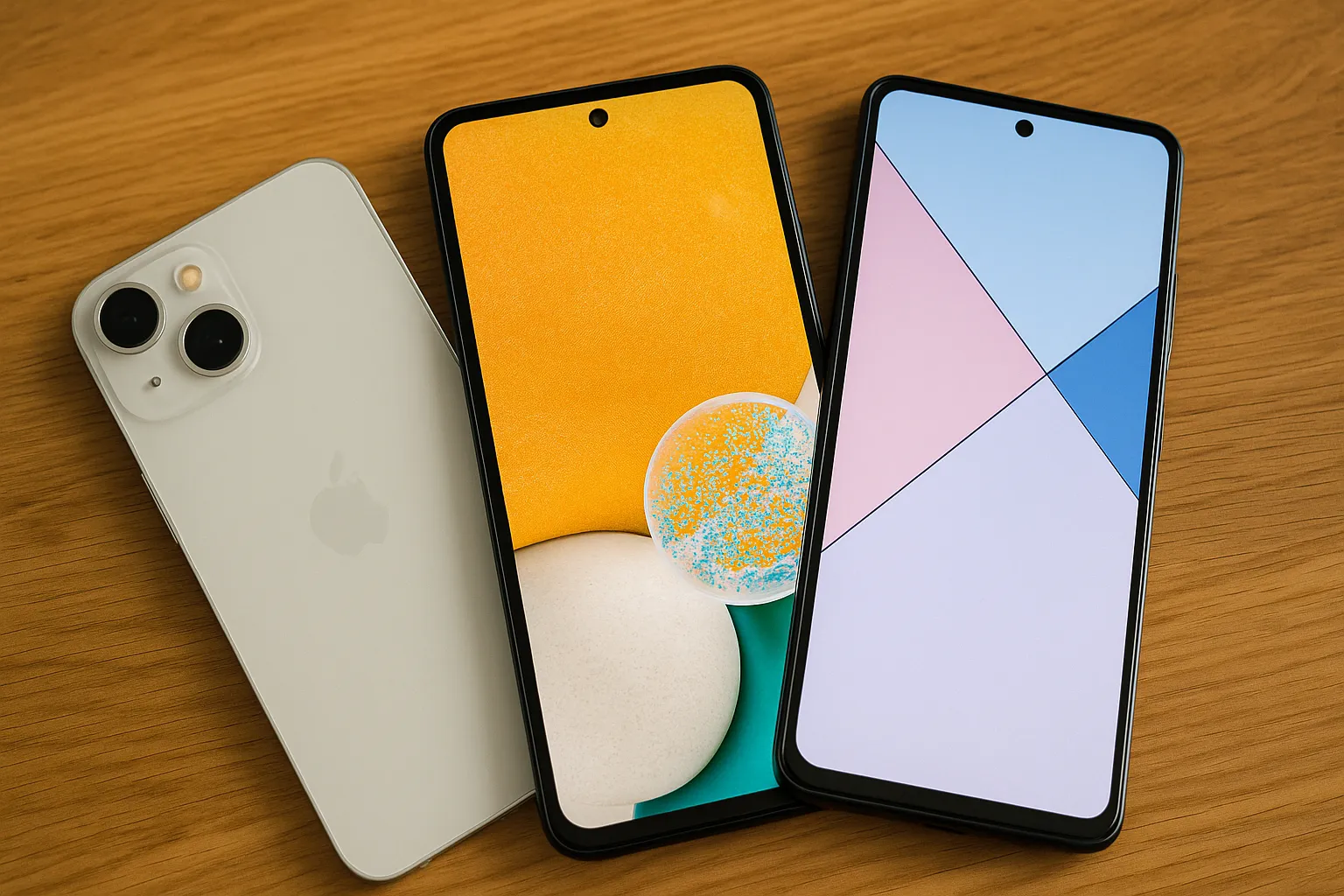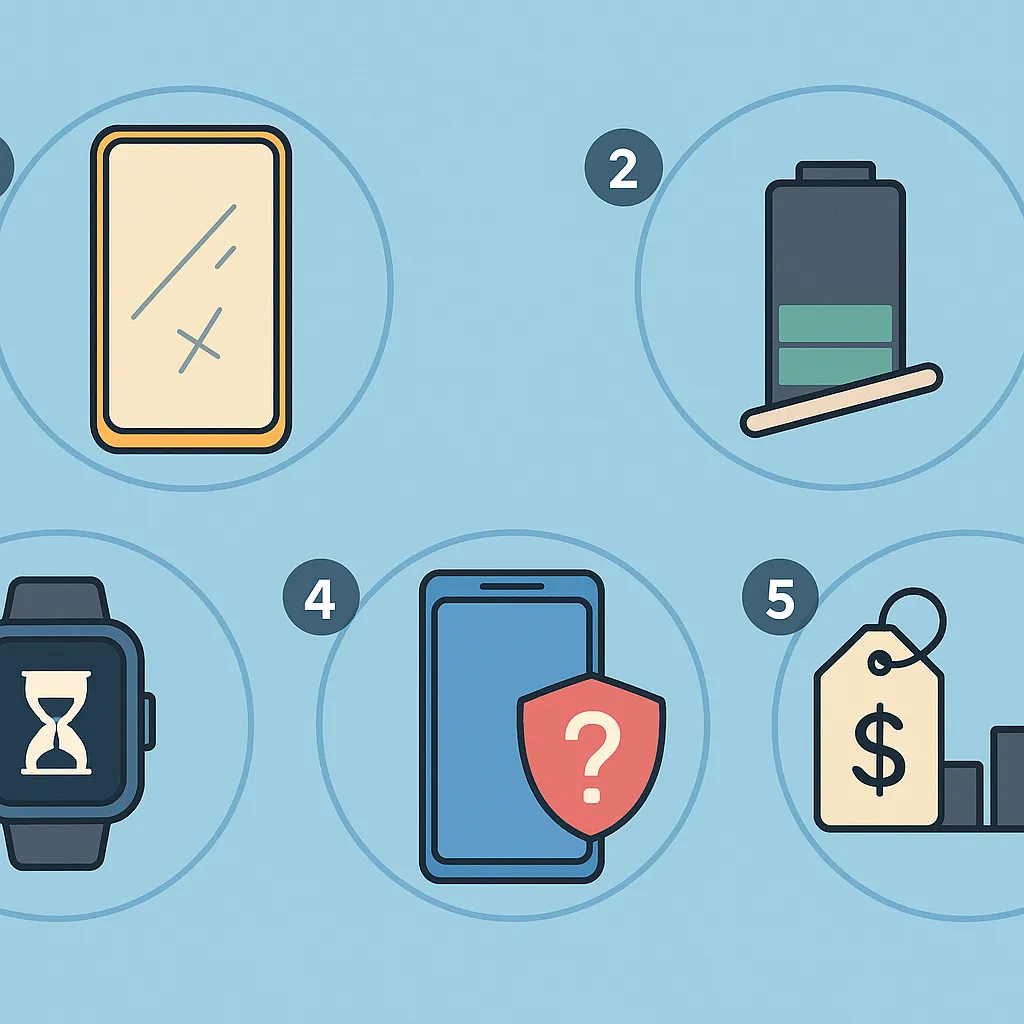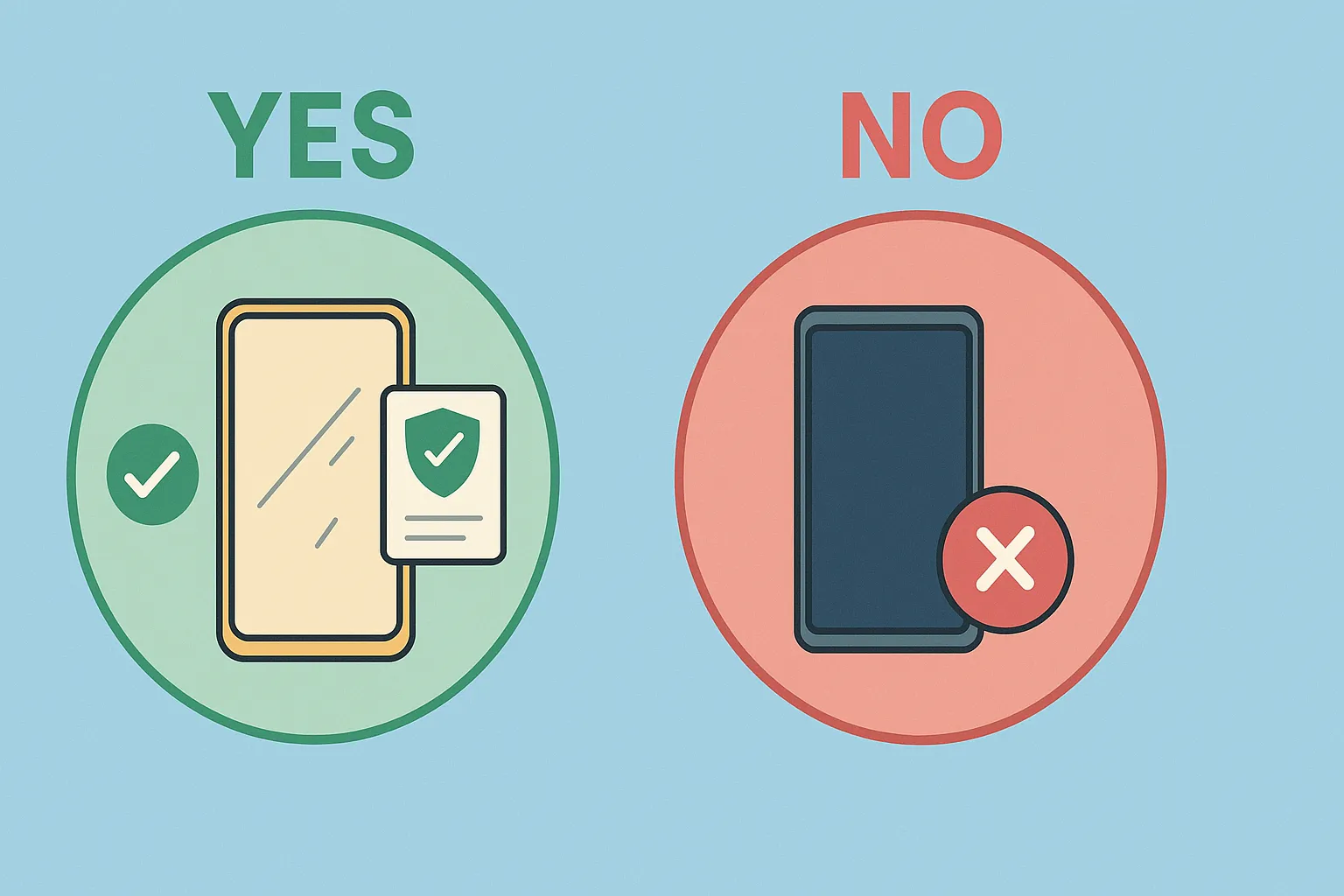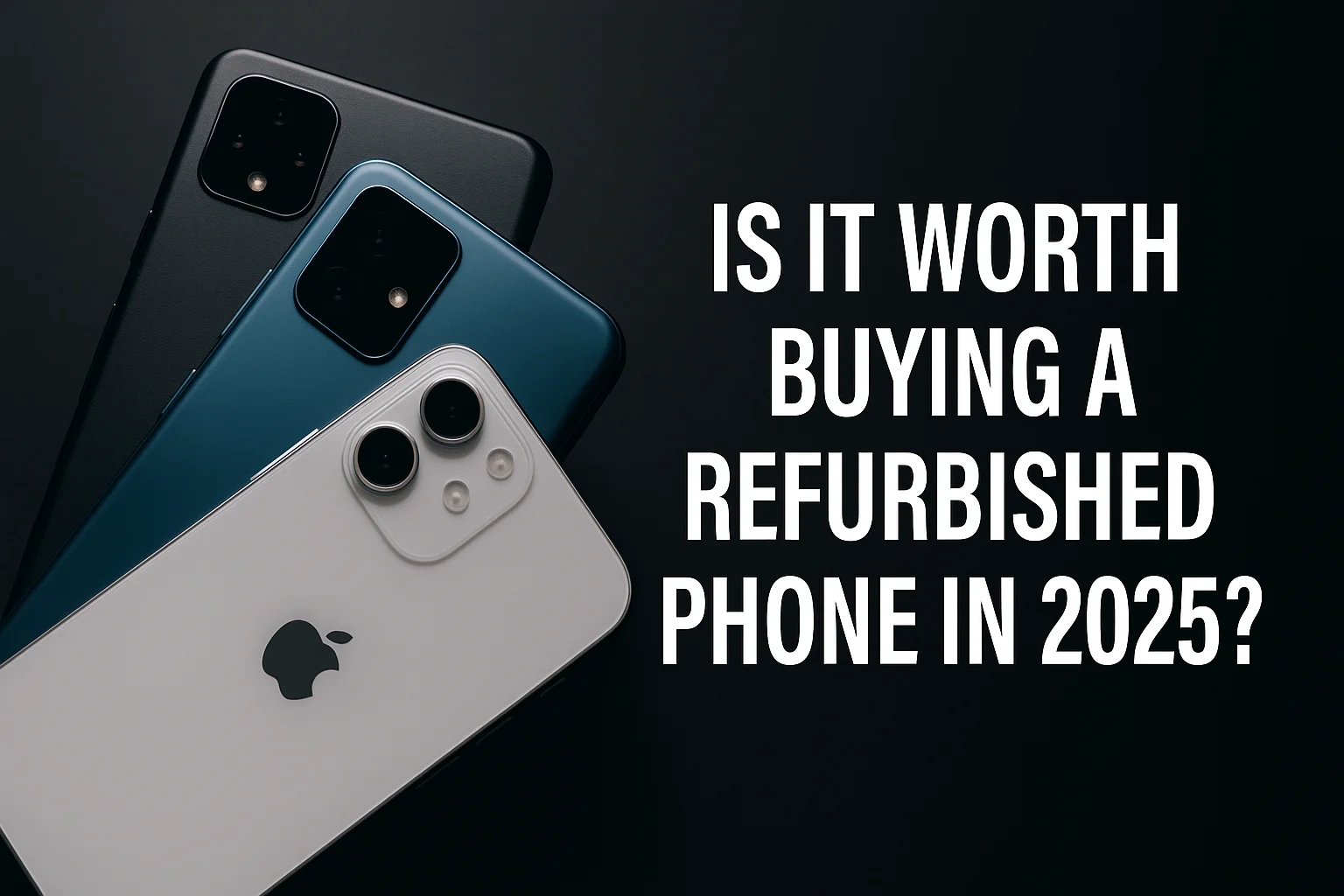In a world where new smartphones easily exceed $1,000 USD, refurbished devices are becoming an increasingly attractive alternative. But are they really a smart choice in 2025? Here’s an honest, in-depth analysis.
The refurbished smartphone market has seen exponential growth in recent years. In 2025, it’s no longer about “used” devices—it’s a smart choice that major companies like Apple, Samsung, Amazon, and certified marketplaces actively promote.
But not everything that shines is gold. Buying a refurbished phone can be a great decision… or a costly mistake if you don’t know what to look for. In this article, we’ll explore the real pros and cons of buying refurbished in 2025, so you can make an informed choice.
What is a refurbished phone?

A refurbished phone is a device that was returned by a customer (due to a defect, exchange, or return policy), inspected, possibly repaired, and certified for resale as fully functional.
Unlike second-hand or used devices, refurbished phones often undergo quality checks, component replacements (like battery or screen) and are sold with some form of warranty—even though they are not technically new.
Advantages of buying a refurbished phone in 2025
✅ 1. Significant savings
This is the main selling point. A refurbished iPhone 14, for instance, can cost up to 30% less than a brand-new one. The same applies to Samsung, Xiaomi, or OnePlus flagship devices.
Real example:
-
New iPhone 14: $749 USD
-
Refurbished iPhone 14: $529 USD
That’s over $200 in savings without losing major features.
2. Lower environmental impact
Buying refurbished helps reduce carbon emissions and electronic waste. In a world increasingly focused on sustainability, extending a phone’s lifespan is a concrete way to make an eco-conscious decision.
3. Access to high-end features at a lower cost
Refurbished phones allow you to own premium models (iPhones, Galaxy S, Pixels, etc.) that may be unaffordable when new. That means better cameras, screens, materials, and long-term software support—for the price of a mid-range device.
4. Quality checks and warranty
When purchased from a certified seller or manufacturer, refurbished phones undergo rigorous testing. Many come with a 6- to 12-month warranty, which is rarely the case with used devices.
5. Same parts, same experience
Refurbished phones usually include original or certified components, meaning the experience is nearly identical to using a brand-new phone—especially if the battery has been replaced.
Disadvantages or risks of refurbished phones

1. Variable cosmetic condition
While internal performance may be perfect, the external condition can show signs of wear—scratches, dents, or faded paint. Some websites indicate the “cosmetic grade” (A, B, C), but these standards can vary.
2. Battery not always new
One of the most critical points: not all refurbished phones come with a new battery. A battery at 85% health is still usable, but won’t last like a new one. Always ask if it has been replaced.
3. Shorter remaining lifespan
A refurbished device may already be one or two years old, meaning it will receive fewer OS updates in the future—especially on Android. Apple does better here, as iPhones typically receive updates for 5–6 years.
4. Limited or third-party warranties
While many refurbished phones include a warranty, it’s not always the official manufacturer’s warranty, and it may have restrictions based on the seller or region. Always read the fine print.
5. Not always cheaper in the long run
Buying a very old refurbished phone (e.g., iPhone 11 in 2025) might cost you more later in repairs or compatibility issues. Sometimes, it’s smarter to spend a bit more for a newer refurbished generation.
Where to safely buy refurbished phones?
🌐 Trusted platforms:
-
Apple Certified Refurbished
-
Amazon Renewed (make sure seller is certified)
-
Samsung Certified Re-Newed
-
Back Market (specialized marketplace)
-
Swappa, Best Buy, eBay (with verified sellers)
Pro tip: avoid buying from social media or unverified sellers, no matter how tempting the price may be.
Which refurbished phones are worth it in 2025?
Best picks for price-to-performance ratio:
| Brand | Recommended Model | Approx. Price (Refurbished) | OS Update Support |
|---|---|---|---|
| Apple | iPhone 14 / 13 | $499 – $599 USD | Until 2029 / 2030 |
| Samsung | Galaxy S22 / S23 | $400 – $550 USD | Until 2027 / 2028 |
| Pixel 7 / 7 Pro | $300 – $450 USD | Until 2028 / 2029 | |
| OnePlus | OnePlus 11 | $350 – $450 USD | Until 2027 / 2028 |
Refurbished vs New Mid-Range: Which is better?
A common dilemma: Should you buy a new Galaxy A55 or a refurbished Galaxy S22?
It depends on your user profile:
-
✅ Looking for better camera, display, build, and updates? → Refurbished flagship
-
✅ Want long battery life, full warranty, and lower cost? → New mid-range phone
Yes or No A Refurbished Cell Phone Is Worth It in 2025

Yes, buying a refurbished phone in 2025 is absolutely worth it—if done right. If you choose the right model, from a trusted seller, with confirmed battery health and warranty, it’s a smart purchase. You’ll get more technology for less money and help reduce e-waste.
But steer clear of very old models and uncertified vendors. It’s not just about saving money—it’s about making a smarter investment.




